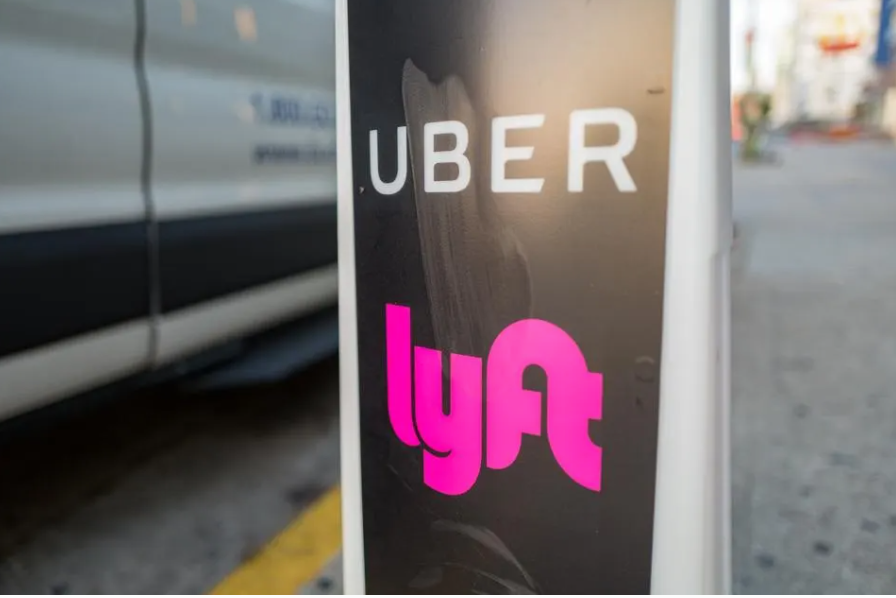How is COVID Changing the Way We Communicate?
- Cheryl Dixon
- Aug 14, 2020
- 2 min read

When COVID-19 became a pandemic, the way we communicate changed seemingly overnight. To help minimize the spread, many of us have altered the majority of our interactions with other people.
This includes shifting from in-person conversations to online modes of communication such as video conferencing, phone calls, texts, or email, and wearing masks while indoors or when social distancing is not possible. Sara Lindberg wrote a story on VerywellMind on how communication has changed during the pandemic and featured some of my tips.
Audio communication and some aspects of video eliminate crucial elements of non-verbal expression, and in person, masks prevent us from picking up on important facial cues.
The Deaf and hard of hearing community is especially affected due to the way masks muffle voices and inhibit lip-reading.
Experts agree we must be willing to adapt to this new normal, which means being more intentional with our tone and language choices.
Limitations of Masks, Video Chats, and Social Distancing
Cheryl Dixon, a communications strategist and an adjunct professor at Columbia University and New York University, reminds us that more than 90% of communication is nonverbal,
and that it’s been proven that we tend to trust nonverbal communication cues over verbal language.
Moreover, Dixon says we use nonverbal communication to convey meaning, to modify or complement our verbal messages, and to regulate the flow of our interaction. “We are losing a lot of nonverbal cues, including proxemics (our spatial environment; how closely we position ourselves to others, the amount of space we take up) and kinesics (our body movements and gestures),” explains Dixon.
When we communicate via video, we lose the benefit of seeing certain aspects of body language. When we wear masks, Dixon says we lose the ability to interpret critical facial expressions, plus, our own ability to convey emotion through facial expression is limited.
How to Adapt
To make up for these limitations, Dixon says it is helpful to use language and tone to express emotions. For example, saying, “That makes me so happy to hear” with a smile (or instead of a smile if you're wearing a mask.) She also recommends that you perform a check-in for understanding by asking questions so that the communication is balanced and flows between participants.
During a video chat, Dixon says it’s common for people to be distracted by their surroundings, which is easily perceived as boredom or disinterest. “Being mindful to be present and focused, avoid multitasking, and minimizing possible distractions will increase engagement and strengthen interaction,” she says.





Comments